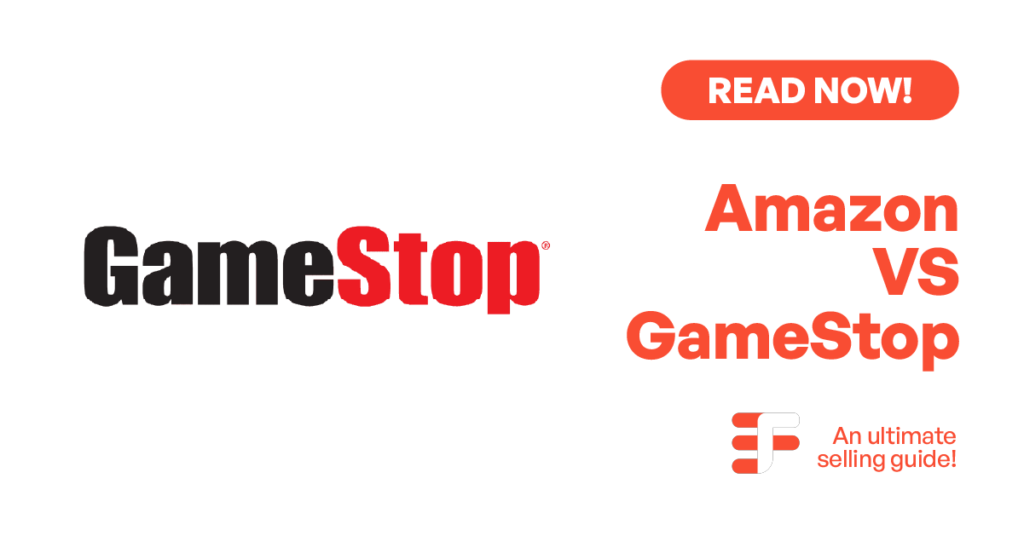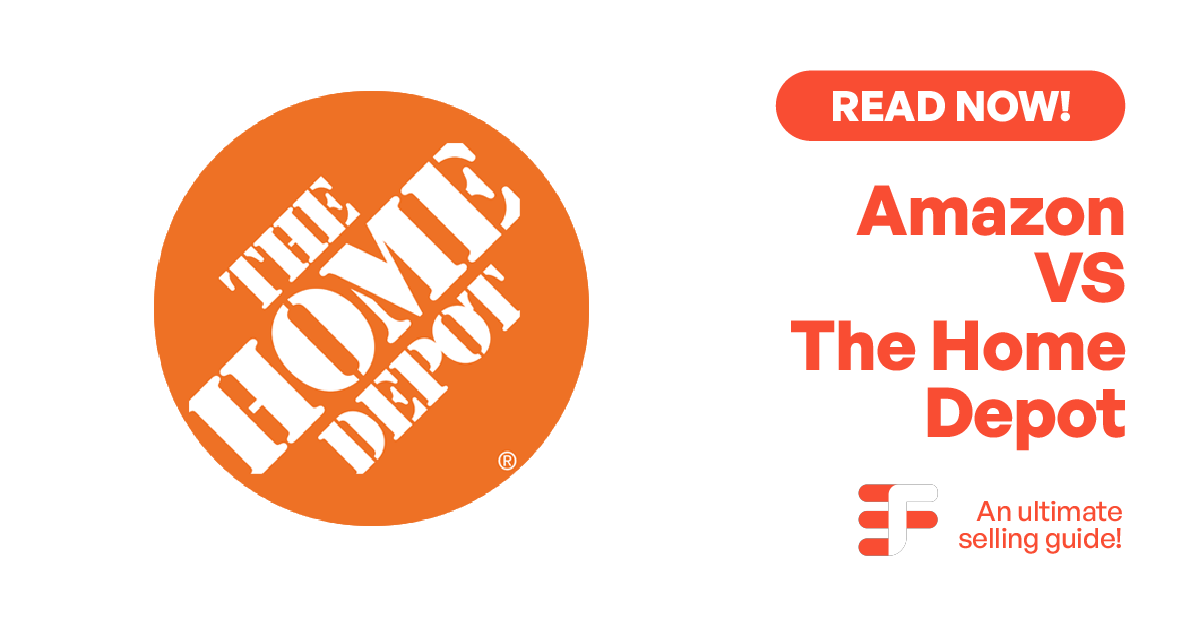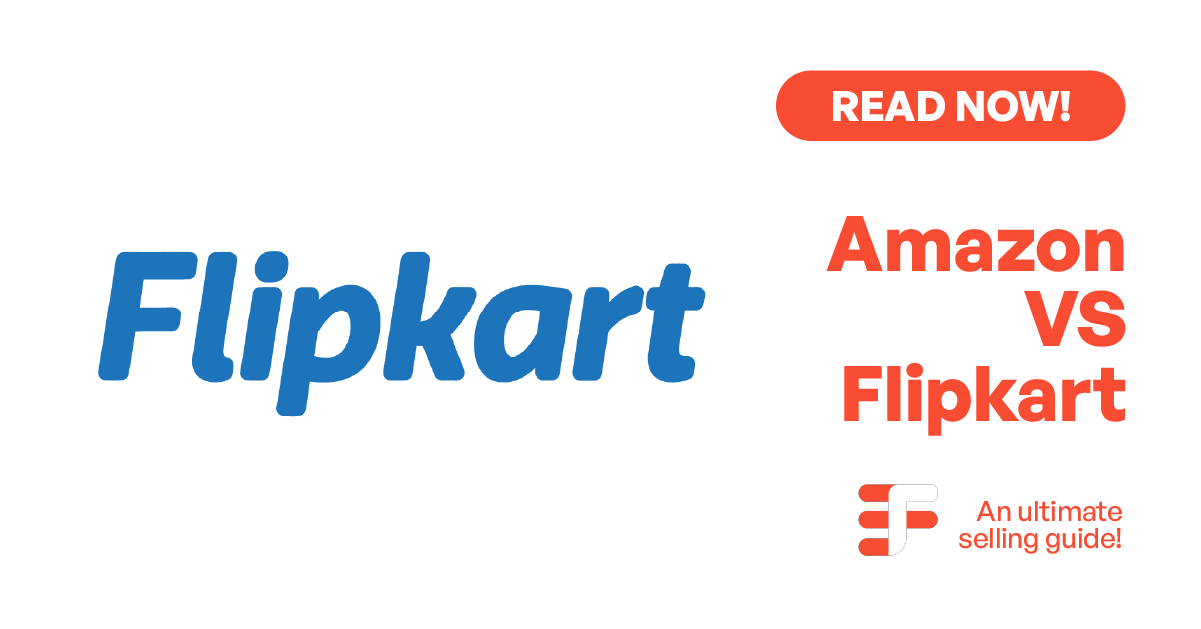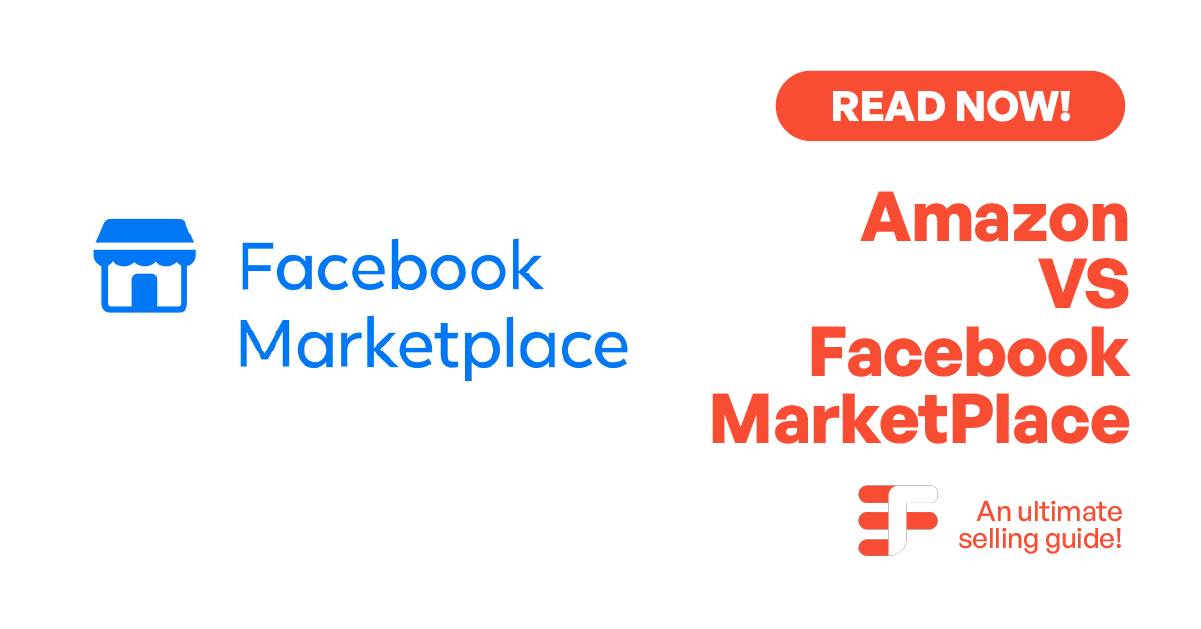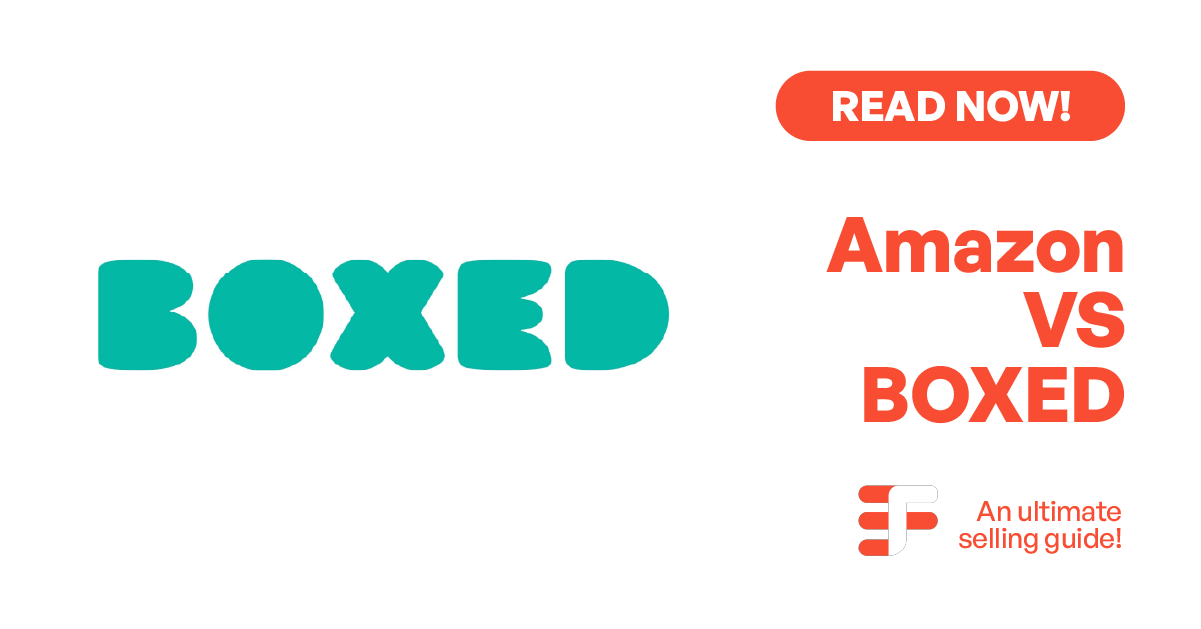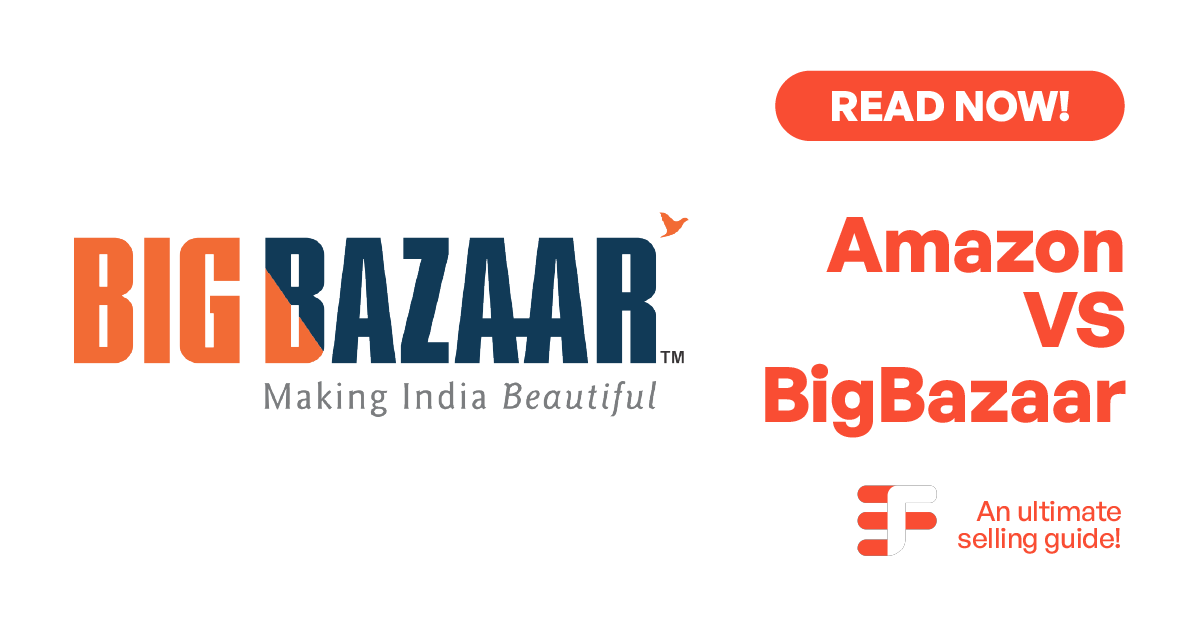When comparing Amazon and GameStop, it’s crucial to consider their distinct business models and target markets. Amazon, as a global e-commerce giant, offers a wide variety of products across numerous categories and serves millions of customers worldwide. GameStop, on the other hand, focuses on the gaming industry, with a more niche offering centered around video games, consoles, and gaming accessories.
GameStop’s sales fell 30% to just over $1 billion last quarter, while same-store sales slumped more than 24%. The company booked an adjusted operating loss of $83 million. This doesn’t necessarily mean GameStop is completely dead in the water. It made a deal with Xbox-maker Microsoft that provides GameStop with a digital revenue produced by Xbox consoles it sells.
While Amazon offers convenience, global reach, and vast product selection, GameStop provides an in-depth experience for gaming enthusiasts, offering specialized products and services like pre-owned games.
Amazon has been extremely successful both before and during the pandemic. In 2019, its top line grew 20% year over year, bringing a 17% improvement in operating income. Growth has accelerated in 2020. Year to date, sales are up 37%, driving a 68% surge in earnings per share. The company has invested in its capacity to meet the demand for online shopping, which will help the platform maintain its e-commerce dominance.
In this comparison, we will explore both companies’ histories, business models, marketing strategies, and product offerings to help you understand which platform better suits your needs as a seller or consumer.
Table of Contents
ToggleOverview
Amazon
Amazon was founded by Jeff Bezos in 1994 in Seattle, Washington, as an online bookstore. In its early years, Amazon faced major financial losses, with a net loss of $303 million in 2000. Many investors doubted its future success. However, Amazon expanded beyond books, adding electronics, clothing, and more. It introduced services like Amazon Prime in 2005, boosting customer loyalty.
Smart logistics, cloud computing (AWS), and a strong marketplace helped Amazon become a trillion-dollar company. Today, Amazon is one of the largest online retailers in the world, dominating markets in the U.S., Europe, and beyond.
GameStop
GameStop started in 1984 as Babbage’s in Dallas, Texas, focusing on software and video games. It expanded in the 1990s but faced major losses as digital gaming grew. In 2019, it reported a $673 million net loss due to declining sales.
GameStop adapted by selling gaming accessories, collectibles, and pre-owned games. In 2021, it gained worldwide attention when retail investors pushed its stock price from $17 to over $400, challenging Wall Street. Despite financial struggles, GameStop is shifting toward e-commerce and digital gaming, aiming to stay relevant in a changing industry. It remains a major gaming retailer today.
Product Line
Amazon
Amazon offers an extensive product line that includes a wide range of categories such as electronics, books, home goods, clothing, and groceries. As a global e-commerce leader, Amazon provides both branded and private-label products across multiple industries. It also offers digital services like Amazon Prime, Amazon Music, and AWS (Amazon Web Services). Additionally, Amazon has developed its own line of devices such as the Echo smart speakers and Fire TV.
| Amazon Product Categories | Explanation |
| Electronics | Includes gadgets like smartphones, tablets, computers, and home appliances. |
| Books | Offers a wide range of physical and digital books in all genres. |
| Home & Kitchen | Includes furniture, home decor, kitchen gadgets, and appliances. |
| Clothing & Fashion | Features apparel, shoes, accessories, and beauty products. |
| Groceries | Amazon Fresh and Whole Foods provide grocery delivery services. |
| Amazon Devices | Includes products like Echo, Kindle, Fire TV, and Ring smart devices. |
GameStop
GameStop’s product line primarily focuses on video games, consoles, and related gaming accessories. They offer a broad selection of new and pre-owned games, both physical and digital. In addition to gaming products, GameStop sells collectibles, gaming merchandise, and offers services such as game trade-ins. GameStop’s online presence has been growing, but it continues to have a strong presence in physical stores for gaming enthusiasts.
| GameStop Product Categories | Explanation |
| Video Games | A wide selection of new and pre-owned games for various platforms. |
| Consoles & Hardware | Includes gaming consoles like PlayStation, Xbox, and Nintendo. |
| Accessories | Features gaming peripherals such as controllers, headsets, and gaming chairs. |
| Collectibles & Merchandise | Includes themed items such as action figures, posters, and apparel. |
| Digital Games & Content | Offers downloadable games and content for digital platforms. |

Amazon Business Model
Amazon follows an e-commerce platform-based business model, operating primarily as a marketplace for third-party sellers while offering its own products. Its revenue model is multi-faceted, consisting of:
-
Marketplace Model
Amazon allows third-party sellers to list their products on the platform for a fee, with Amazon charging commissions for each sale made. This model generates a significant portion of its revenue by acting as an intermediary between sellers and buyers.
-
Direct Sales
Amazon also directly sells products, especially its own private-label brands, such as Amazon Basics and Amazon Echo. This helps Amazon control product quality, pricing, and availability, creating additional revenue streams.
-
Amazon Prime Subscriptions
Amazon Prime offers a subscription service that includes benefits like free shipping, access to video streaming, music, and exclusive discounts. The subscription model boosts customer loyalty and generates recurring revenue.
-
Cloud Services (AWS)
Amazon Web Services (AWS) is a major part of Amazon’s business model. AWS offers cloud computing and storage services to businesses, contributing a large portion of Amazon’s overall revenue. This diversified approach helps Amazon reduce its reliance on retail sales.
-
Fulfillment by Amazon (FBA)
FBA allows sellers to store their products in Amazon’s warehouses, where Amazon handles packing, shipping, and customer service. In return, Amazon takes a fee for each item fulfilled, creating a steady income stream.
-
Advertising Services
Amazon has a robust advertising platform where sellers and brands can pay to promote their products. Sponsored ads appear throughout the site, enhancing visibility and increasing the likelihood of purchases.
-
Physical Stores & Amazon Go
Amazon has expanded into physical retail with Whole Foods, Amazon Go, and Amazon Fresh. These stores use advanced technology like cashier-less checkout to enhance convenience. This integration strengthens Amazon’s omnichannel presence.
-
AI & Personalization
Amazon leverages artificial intelligence to analyze customer behavior and preferences. Its recommendation engine suggests products, increasing conversion rates and sales. AI also improves search results and enhances the shopping experience.
GameStop Business Model
GameStop operates a specialized business model centered around gaming, retailing physical products such as video games, consoles, and related accessories, with a particular focus on the gaming community. Despite the challenges posed by digital gaming, GameStop has adapted its business model with a few key elements:
-
Brick-and-Mortar Retail
GameStop operates thousands of retail stores, primarily in the U.S., offering new and pre-owned video games, consoles, and gaming accessories. The physical store experience remains a significant part of GameStop’s business, where customers can browse and purchase products in person.
-
Pre-Owned Products
GameStop is known for selling pre-owned video games and consoles, which offers significant profit margins as they can be resold after customers trade in their used products. This model benefits both the company and the customer, creating a continuous cycle of purchasing and trading.
-
E-Commerce and Digital Sales
In addition to physical retail, GameStop has strengthened its online presence, offering digital downloads and gaming content, including DLCs (Downloadable Content) and in-game purchases. This diversification helps the company compete with digital platforms like Steam, Xbox Marketplace, and PlayStation Store.
-
Subscription Services
GameStop has ventured into subscription-based services such as the PowerUp Rewards program, where members can earn rewards points, access discounts, and receive exclusive offers. This subscription model aims to build customer loyalty while driving repeat business.
-
Collectibles and Merchandise
GameStop has capitalized on the growing interest in gaming-related collectibles, such as action figures, apparel, and memorabilia. This product line adds a new revenue stream and attracts a broader audience beyond traditional gamers.
-
Esports & Community Engagement
GameStop has invested in esports partnerships and gaming events to engage with the gaming community. By sponsoring tournaments and fostering gaming culture, it strengthens its brand loyalty and customer base.
-
NFTs & Blockchain Gaming
GameStop has explored blockchain technology and NFTs (non-fungible tokens) as part of its digital transformation. It launched an NFT marketplace to capitalize on the growing demand for digital collectibles and blockchain-based gaming assets.
Marketing Strategies
-
Customer-Centric Focus
Amazon places a strong emphasis on understanding and satisfying customer needs. This includes providing a seamless shopping experience, quick shipping, and a vast selection of products. By continually improving customer service and personalization, Amazon ensures a high level of customer satisfaction and loyalty.
-
Amazon Prime
The Prime membership program is one of Amazon’s most significant marketing tools. It encourages customer loyalty by offering perks like free shipping, exclusive discounts, access to Prime Video, and early access to sales events. This not only retains existing customers but also attracts new ones who see the value in the comprehensive offerings.
-
Targeted Advertising
Amazon uses data-driven insights to create targeted advertising campaigns through its platform, Amazon Advertising. These include sponsored products, brand ads, and video ads, which help businesses increase visibility and attract customers within Amazon’s ecosystem. Sellers are able to optimize their listings with Amazon SEO techniques to ensure their products appear in relevant search results, increasing discoverability.
-
Data Analytics and Personalization
Amazon collects vast amounts of data from its users, which it uses to create personalized shopping experiences. By analyzing browsing history, purchase behavior, and preferences, Amazon offers tailored product recommendations and marketing messages. This level of personalization increases the likelihood of conversions and repeat purchases.
-
Global Expansion and Local Adaptation
Amazon is present in many countries and adapts its marketing strategy to local markets. They tailor their offerings to meet the needs and preferences of different regions, from language localization to payment options like cash-on-delivery in developing markets. Amazon’s focus on international expansion allows them to tap into new customer bases and grow their global presence.
-
Influencer and Affiliate Marketing
Through the Amazon Associates program, Amazon empowers content creators, influencers, and bloggers to promote products on their platforms. These affiliates earn commissions for driving traffic to Amazon, significantly expanding Amazon’s reach and influencing consumer decisions. Amazon also partners with influencers to boost product visibility and enhance brand reputation.
GameStop
-
Community Engagement
GameStop’s marketing strategy emphasizes building a strong community around gaming. The company hosts in-store events, gaming tournaments, and pre-order campaigns to engage customers, creating memorable experiences that foster brand loyalty.
-
Loyalty Programs
GameStop’s PowerUp Rewards program is a cornerstone of its strategy, rewarding customers with points for purchases, which can be redeemed for discounts. This program encourages repeat business and increases customer retention.
-
Exclusive Offerings
By partnering with game developers and console manufacturers, GameStop offers limited edition releases and early access to new games. These exclusive offerings appeal to passionate gamers and differentiate GameStop from its competitors.
-
Multi-Channel Marketing
GameStop utilizes both digital and physical marketing channels, including targeted ads, email newsletters, and social media, to reach customers. The company also runs seasonal promotions, such as Black Friday sales, to drive traffic and increase sales during peak gaming seasons.

Reporting and Analytics
Amazon provides sellers with powerful reporting and analytics tools that allow them to track performance metrics such as sales trends, conversion rates, and advertising effectiveness. Using Amazon Seller Central, sellers can analyze customer demographics, identify successful products, and improve product listings based on data insights.
Tools like Amazon Brand Analytics offer valuable insights into competitor performance, while the Amazon Seller App enables real-time sales and inventory tracking, making it easier to manage listings on the go. For brand-registered sellers, Enhanced Brand Content (EBC) allows them to create engaging product listings that drive higher conversion rates.
These tools help sellers refine their pricing strategies, understand market demand, and improve their overall presence on the platform, ultimately enhancing product discoverability and customer experience.
GameStop
GameStop offers analytical tools through its Seller Hub and PowerUp Rewards program, providing insights into product performance, customer engagement, and sales trends. The data is segmented into regions, helping sellers understand where demand is strongest. GameStop’s analytics tools also include insights into customer buying behavior, allowing sellers to adjust marketing strategies and optimize product offerings accordingly. Sellers can monitor their overall sales performance and refine strategies to boost visibility and attract more customers. GameStop’s focus on real-time data helps sellers remain competitive in the gaming sector by quickly adapting to market trends.
Account Creation
Creating an Amazon Seller account involves registering on Amazon Seller Central, where sellers need to provide essential business details, including their tax information, business name, and payment details. After submitting the required information, Amazon reviews the application, and once approved, sellers can start listing products.
GameStop
To sell on GameStop, you need to create an account on their Seller Hub by submitting basic business details, tax information, and bank account details. After account approval, you can list products for sale on GameStop’s marketplace. GameStop offers specific guidelines for game-related products, which sellers must follow to ensure compliance.
5 Factors to Consider When Choosing a Platform
-
Target Audience
Understanding your target audience is crucial when deciding between platforms. Amazon offers a global customer base, allowing sellers to reach international buyers. Its global presence and ability to target diverse markets make it ideal for businesses looking to scale globally. In contrast, GameStop has a more niche customer base, primarily targeting gamers and gaming enthusiasts. This specialized audience means sellers on GameStop may find more concentrated, but limited, traffic. Consider your product’s target demographic and decide which platform offers better access to that audience.
-
Cost Structure
The cost structure of each platform is a key factor in profitability. Amazon operates on a commission-based model, charging fees for every sale made on the platform. These fees can include listing fees, fulfillment charges (if using FBA), and advertising costs. Amazon’s pricing structure can be expensive for smaller businesses but offers a range of services that can help sellers succeed. On the other hand, GameStop charges a lower commission, but its reach is limited to gaming products. GameStop also focuses heavily on physical retail sales, which may not be advantageous for digital or non-gaming sellers. Evaluate the overall costs (listing fees, fulfillment charges, commissions) to determine which platform aligns best with your budget and financial goals.
-
Fulfillment Options
Fulfillment options can significantly impact your operations. Amazon provides multiple fulfillment options, including Fulfillment by Amazon (FBA), where Amazon handles storage, packing, and shipping, giving sellers access to Amazon’s efficient logistics network. This can be a huge advantage for sellers looking for a hands-off experience.
In contrast, GameStop primarily operates on a self-fulfillment model, which may require more effort from the seller, particularly in terms of managing inventory and shipping. If you prefer a streamlined, automated fulfillment system, Amazon may be the better choice. However, GameStop may suit businesses that prefer more control over their shipping process and customer service.
-
Product Variety
When choosing a platform, consider the range of products you plan to sell. Amazon’s platform supports a vast array of product categories beyond gaming, including electronics, apparel, and home goods. This broad scope allows sellers to diversify their offerings, making Amazon an ideal platform for businesses with a wide product range.
GameStop, by comparison, is more limited in scope, focusing mainly on video games, consoles, gaming accessories, and collectibles. If your business specializes in gaming products, GameStop might be the better choice, but if you plan to sell a wider variety of products, Amazon offers greater flexibility.
-
Marketing Tools and Visibility
Both platforms offer marketing tools to help sellers increase product visibility. Amazon provides various promotional tools such as Sponsored Products, Amazon SEO, and Prime Day deals to boost sales. Sellers can target specific keywords and take advantage of Amazon’s massive customer base to increase visibility.
GameStop offers a more niche marketing approach, with tools like Powerup Rewards and regional campaigns, which cater to gaming enthusiasts. While GameStop’s tools may offer high engagement within the gaming community, Amazon’s marketing tools offer broader reach and more advanced options for sellers aiming for global exposure.
Conclusion
Choosing between Amazon and GameStop depends on your product type, target audience, and operational preferences. Amazon’s global reach and varied offerings make it an excellent choice for businesses looking to scale, while GameStop’s focus on gaming products is ideal for niche sellers targeting a passionate audience. Both platforms offer distinct advantages depending on your business needs.
FAQs
Which platform is better for a global reach?
Amazon is better for global reach as it operates in many countries, allowing sellers to tap into diverse markets worldwide.
Does GameStop support non-gaming products?
GameStop primarily focuses on gaming-related products, so non-gaming items may not perform well on the platform.
Which platform offers more marketing tools?
Amazon provides a wide array of marketing tools, including Sponsored Products, Prime, and A/B testing, making it more comprehensive than GameStop.
Is Amazon more expensive to sell on than GameStop?
Yes, Amazon generally has higher fees due to commissions, fulfillment charges, and advertising costs, whereas GameStop has a lower cost structure for sellers.
How does the return policy differ between Amazon and GameStop for sellers?
Amazon offers a more lenient return policy, which can lead to higher customer satisfaction, but may also result in more returns for sellers. GameStop has a stricter return policy, which might result in fewer returns but could impact customer experience.
Can I list new and used products on Amazon and GameStop?
Yes, both platforms allow sellers to list both new and used products, but Amazon generally offers more flexibility and has a larger customer base for used items.

